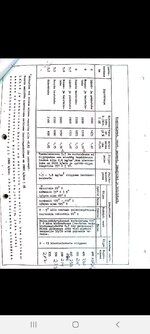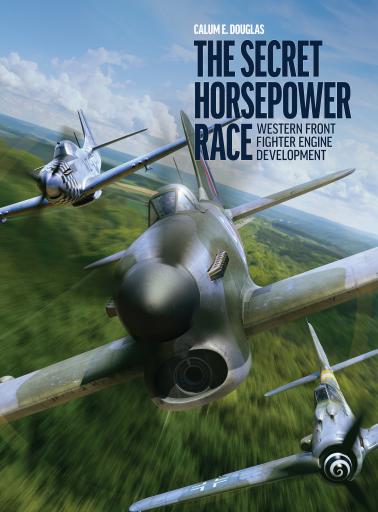Thank you.
It still looks doubtful as to the Fuel injectors ability to cool the fuel and cylinder in that period of time compared to a fuel/mixture coming in 25 Degrees C cooler. Granted the Germans, with their less boost weren't heating up the intake as charge as hot.
I have seen fuel figures for DB engines but they often do not list the specific fuel consumption at full throttle.
The Allied engines are using around 50% more fuel per hp than they are are best cruise. And a lot of that is being used for cooling.
Ah well, the German Direct injection engines do get the benefit of large overlap with potentially great end gas scavenging and exhaust valve cooling without loss of mixture. Mind you, they needed it with the poor materials.
Cheers
Eng


